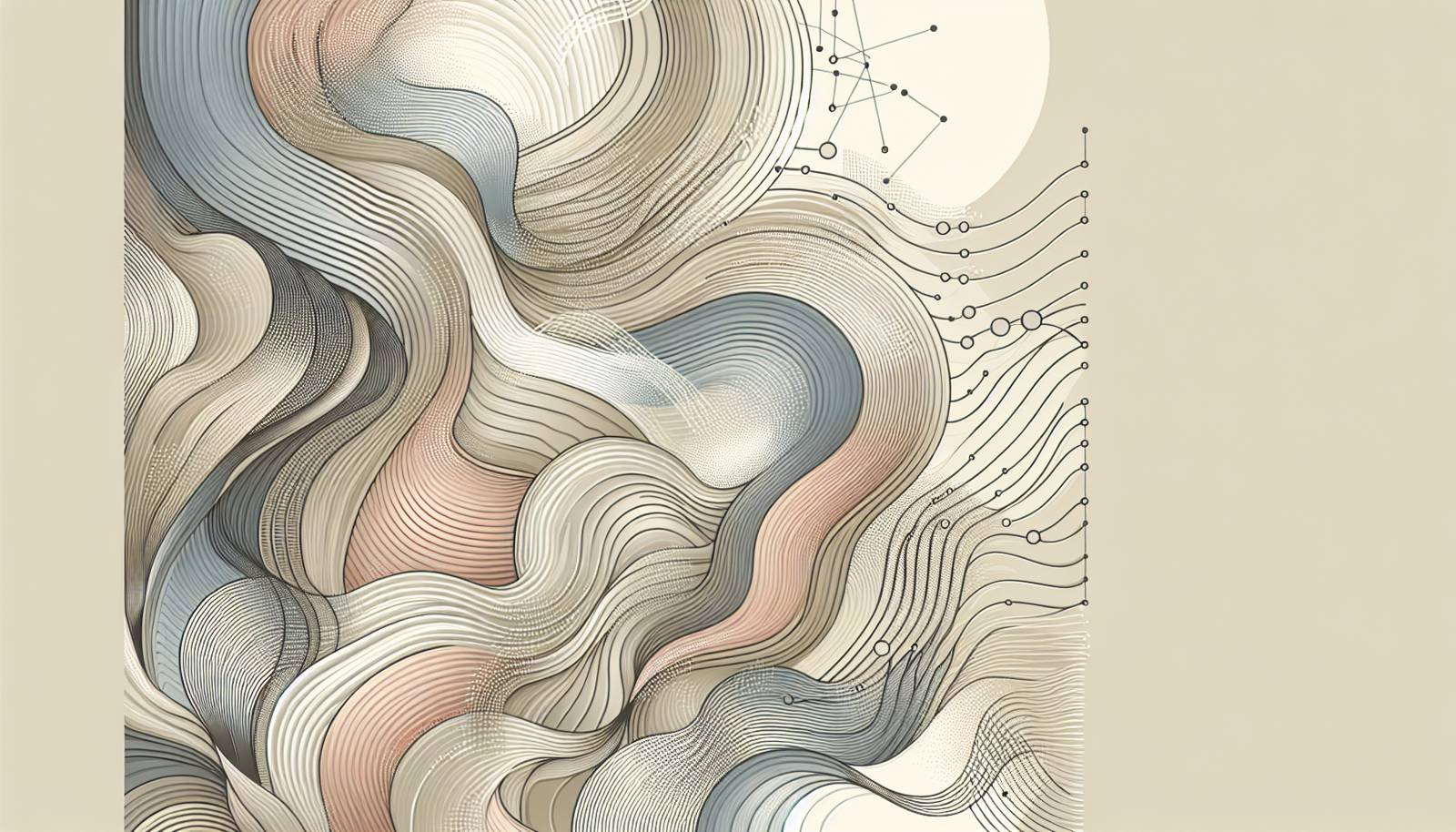
FAQ About The Evolution of Artistic Activism in Digital Age

What is artistic activism?
Artistic activism is a practice that combines the creative power of the arts to move people emotionally with the strategic planning of activism that seeks to incite social change. This hybrid practice advocates for social justice and political awareness, using art as a means to convey messages, challenge the status quo, and engage communities in dialogue.

How has the digital age impacted artistic activism?
The digital age has significantly impacted artistic activism by providing artists with a diverse range of platforms to reach global audiences. Digital tools and social media have facilitated the rapid dissemination of artistic works, enabling activists to mobilize, organize, and share their messages more efficiently than ever before. This has led to increased visibility for social issues and the amplification of diverse voices and perspectives.

What platforms are commonly used in digital artistic activism?
Common platforms used in digital artistic activism include social media networks like Instagram, Facebook, Twitter, and TikTok, which allow for easy sharing and engagement. Additionally, video platforms such as YouTube and Vimeo, as well as blogs and personal websites, serve as avenues for artists to showcase their work, build communities, and reach wider audiences.

Can you provide examples of digital artistic activism?
Examples of digital artistic activism include hashtags movements like #BlackLivesMatter and #MeToo, where artists and activists have used social media to create artworks that support these causes. Other examples include virtual reality experiences that depict refugee crises and online exhibitions focusing on climate change awareness.

Why are digital tools important for artistic activism?
Digital tools are vital for artistic activism because they allow for broader reach and accessibility. They enable artists to engage with audiences across geographical and cultural boundaries, provide platforms for collaboration and networking, and support interactive and multimedia approaches that enhance the impact of activist messages.

What challenges do digital artistic activists face?
Digital artistic activists face challenges such as censorship, surveillance, and the spread of misinformation. Platforms may impose restrictions on content that can hinder the visibility of activist works. Additionally, maintaining engagement in the often-saturated digital space can be difficult, requiring continual innovation in strategies and content.

How does digital artistic activism differ from traditional forms?
Digital artistic activism differs from traditional forms by utilizing online and technological mediums to spread messages and engage audiences, whereas traditional activism often relies on physical forms of protest such as marches and demonstrations. Digital activism can achieve rapid global dissemination, leveraging multimedia and interactive elements to enhance the storytelling and impact of the art.

What role do social media influencers play in artistic activism?
Social media influencers can play a significant role in artistic activism by leveraging their platforms to promote causes and reach wider audiences. They can use their influence to amplify messages, engage followers in discourse, and encourage participation in activism through sharing artistic expressions that support socio-political movements.

How do artists measure the impact of their digital activism?
Artists can measure the impact of their digital activism through metrics such as engagement rates, shares, likes, and comments on their digital content. Furthermore, the influence of their work can also be assessed by the reach of their messages, collaboration offers, media coverage, and any tangible social change or policy influence linked to their campaigns.

How has digital artistic activism influenced public discourse?
Digital artistic activism has greatly influenced public discourse by bringing attention to underrepresented issues and perspectives. It has democratized the conversation by providing artists and activists from diverse backgrounds a platform to share their voices and provoke critical thinking across global communities, often leading to increased awareness and changes in social attitudes.

What skills do artists need to engage in digital activism?
Artists engaging in digital activism need skills in digital content creation, including graphic design, video production, and social media management. They also benefit from strategic planning abilities, storytelling skills to craft impactful messages, and an understanding of the technological tools available to optimize reach and engagement.

Can digital artistic activism lead to real social change?
Yes, digital artistic activism can lead to real social change by raising awareness, influencing public opinion, and putting pressure on policy-makers. By resonating emotionally with audiences, it can inspire collective action and encourage dialogue that fosters understanding and leads to policy considerations or changes.

What are some prominent movements associated with digital artistic activism?
Prominent movements associated with digital artistic activism include the Arab Spring, which saw the use of social media to organize protests and share artistic expressions of dissent; Black Lives Matter, which uses digital art and hashtag activism to promote racial justice; and climate advocacy movements employing digital media to call for urgent environmental action.

How do digital artistic activists maintain their online presence?
Digital artistic activists maintain their online presence by consistently creating and posting engaging content, collaborating with other creators and activists, participating in relevant online conversations, and using targeted strategies to grow and sustain their audience. They often employ analytics tools to track the performance of their content and adjust strategies accordingly.

What are common themes explored in digital artistic activism?
Common themes in digital artistic activism include social justice, equality, environmentalism, human rights, gender issues, and political accountability. Artists often create works that challenge stereotypes, highlight marginalized voices, and critique systems of power and oppression.

How do funding and resources affect digital artistic activism?
Funding and resources significantly impact digital artistic activism by determining the scope and scale of projects. Access to funding can enable artists to work with advanced digital tools, distribute their work on broader platforms, and sustain long-term campaigns. Lack of resources can limit reach and restrict creative possibilities.

Are there legal considerations for digital artistic activists?
Yes, digital artistic activists must consider legal aspects such as intellectual property rights, defamation laws, and platform-specific terms of service. It's important for activists to ensure their work does not infringe on copyrights and adheres to relevant legal guidelines to prevent potential legal disputes or content removal.

How does technology innovation impact artistic activism?
Technological innovation impacts artistic activism by providing new tools and platforms for expression, such as virtual reality, augmented reality, and artificial intelligence. These technologies offer fresh and immersive ways for activists to engage audiences, tell stories, and visualize complex issues, thereby enhancing the potential impact of their activism.

What role does collaboration play in digital artistic activism?
Collaboration is crucial in digital artistic activism as it allows for the sharing of skills, ideas, and platforms. Collaborative efforts can lead to more powerful and resonant messages, broaden the reach of campaigns, and foster a supportive community among activists and artists with shared goals.
